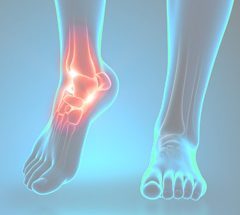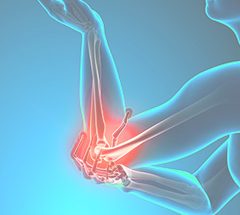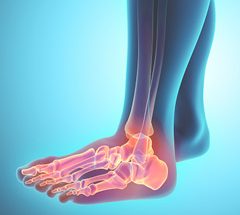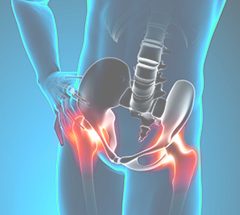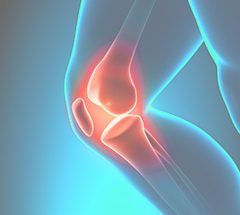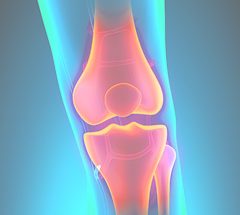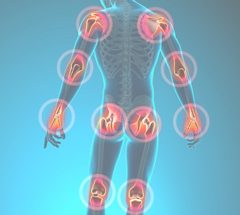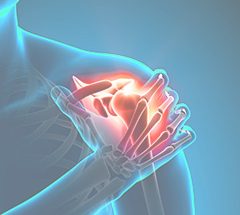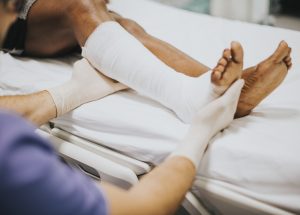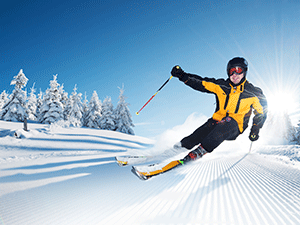
With the advent of the holiday season comes the mass exodus to the mountains as people brush the dust off their skis and helmets. While skiing can be great exercise and an opportunity to take advantage of the nearby mountains, pushing yourself too hard on the slopes can lead to injuries that will keep you home for the rest of the winter. Follow these tips from Dr. Ronald Gregush, one of our Eastside orthopedic surgeons, to prevent injury and stay safe.
- Strengthen in Advance
Prepping for ski season should begin before the first snowfall. Several weeks prior to getting on the chair lift, appropriately condition your muscles, especially your quadriceps, with exercises like squats, leg presses, and deadlifts to make sure your body is strengthened and ready for the strain of skiing. Dr. Gregush also recommends checking out your local gym: some specifically offer classes to prepare you for ski season. - Take Time Off
Resting for an hour or two — or even an entire day, depending on how long your ski trip is — and staying hydrated is essential to preventing injury. Despite the temptation the runs might pose, skiing past the point of exhaustion will make you more prone to falling and less able to protect yourself. Know your limits, and remember that as you build up strength throughout the season, you’ll be able to stay out longer. - Avoid Skiing During Peak Hours
Getting out earlier in the day, or planning holidays during less popular times at the mountains, means you won’t have to battle the crowds and worry about collisions. The late afternoon also tends to be when most injuries occur because a large number of people are on the mountain, many of whom are at different ski levels and fatigued. Try to get out during the first few hours of the day. - Don’t Rely on a Brace
Unfortunately, knee braces aren’t going to ward off injury, although they can be useful in specific situations. While people opt for them to protect against ACL injuries, the cylindrical brace is not likely to protect against a sudden, damaging rotation of the knee. However, if someone already has a torn ACL and doesn’t want to get it reconstructed, the brace can offer support. - Consider Nutritional Supplements
For people with arthritis, taking a supplement with glucosamine can treat the pain and symptoms to help them lead a more active lifestyle, although it won’t renew lost cartilage. However, it must be taken regularly for at least three months for improvement to be seen, and Dr. Gregush advises that this shouldn’t be relied upon to protect joints. - Monitor Your Injuries
While you’ll generally experience upper extremity fractures with snowboarding, skiers are at risk for knee injuries. However, not all injuries require a doctor’s care. Two of the biggest factors in judging whether or not an injury can heal on its own are swelling and the joint’s ability to bear weight. If, after a few days, the swelling hasn’t gone down, you may have a ligament injury or fracture and should consult an orthopedic physician.
If you’re concerned about a skiing injury, make an appointment at one of our Eastside orthopedic clinics to discuss treatment options and how to protect your joints in the future.
Click here to find a ProOrtho clinic near you.

